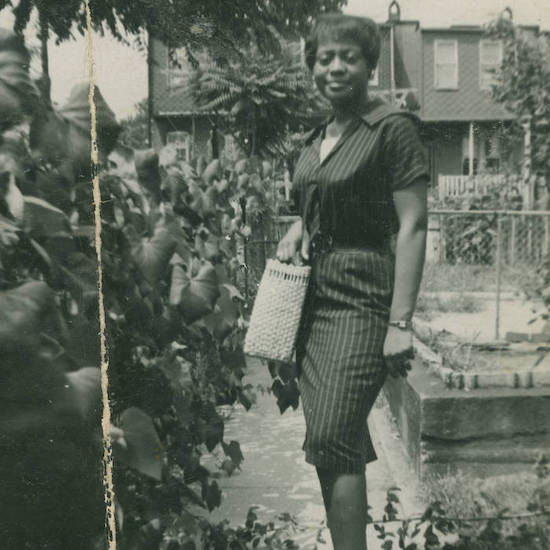Jeff Parker’s last album, The New Breed, was a tribute to his father who passed away while the album was being made. This time, Parker dedicated new album, Suite for Max Brown, to his mother, Maxine. Tender riffs interplay with gentle tones to create an album that oozes with admiration. Given the subject matter, his mum, this makes perfect sense. But what sets Suite for Max Brown apart from similar releases is how honest and raw it feels. There are times when the project could have drifted into a schmaltzy affair, but Parker sticks to his avant-garde roots and delivers his strongest album to date.
The album is a mixture of live improvisations backed by drum loops. This was inspired by Parker’s time as a DJ. “I used to DJ a lot when I lived in Chicago,” Parker recently said. “I was spinning records one night and for about ten minutes I was able to perfectly synch up a Nobukazu Takemura record with the first movement of John Coltrane’s A Love Supreme and it had this free jazz, abstract jazz thing going on with a sequenced beat underneath. It sounded so good. That’s what I’m trying to do with Suite for Max Brown. Man vs. machine.”
‘After the Rain’, ‘Fusion Swirl’ and ‘Gnarciss’ all follow the blueprint laid down by Parker’s days behind the decks. The songs are grounded in hip-hop and electronic culture giving Parker a foundation to go off and explore less rigid musical disciplines. Despite ‘After the Rain’ and ‘Gnarciss’ being covers of John Coltrane and Joe Henderson, they feel like Parker originals.
The standout track is ‘3 for L’. Laconic beats with languid guitars are the main event, but what really makes ‘3 for L’ a gentle monster is how certain bits sneak up on you after repeat listens. The chiming bells aren’t apparent at first, but once your ear tunes into the song, they are all you can hear. You know, like in The Stooges’ ‘I Wanna Be Your Dog’. At first you just focus on the lyrics and primordial music, but after a while that piano is all consuming. The same is true here. And this is what Parker does so well. He buries innocuous sounds that only seem to appear when you are ready to hear them. They litter Suite for Max Brown, but the bells on ‘3 for L’ stand out the most as at first they seems so contrasting to the laidback vibes, these jarring bells droning on. But it’s the repetitiveness that makes it so vital.
Just like with Tortoise, Suite for Max Brown is largely instrumental and combines jazz, electronic, rock and the avant-garde to create something that is captivating whilst non-conventional. It’s an album that if you take it at face value will delight, but if you stick around and penetrate its surface, you’ll find one of the most transfixing albums in recent years.


